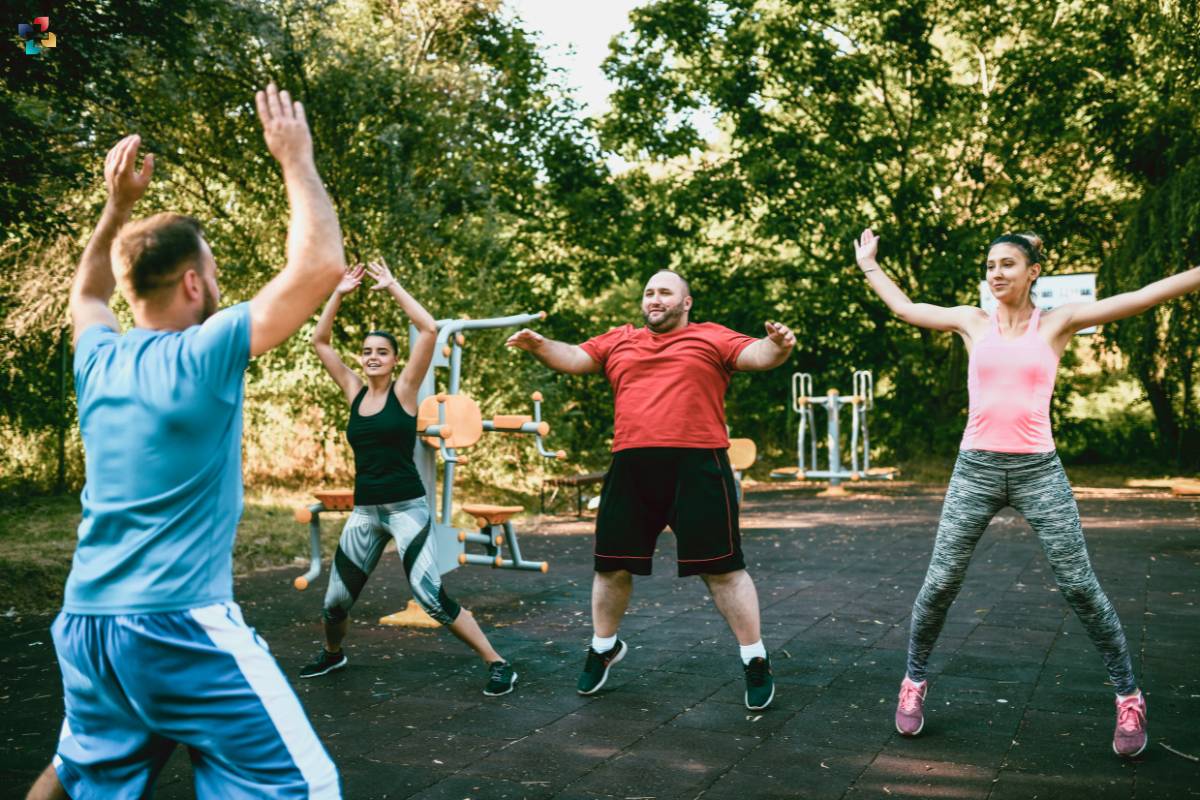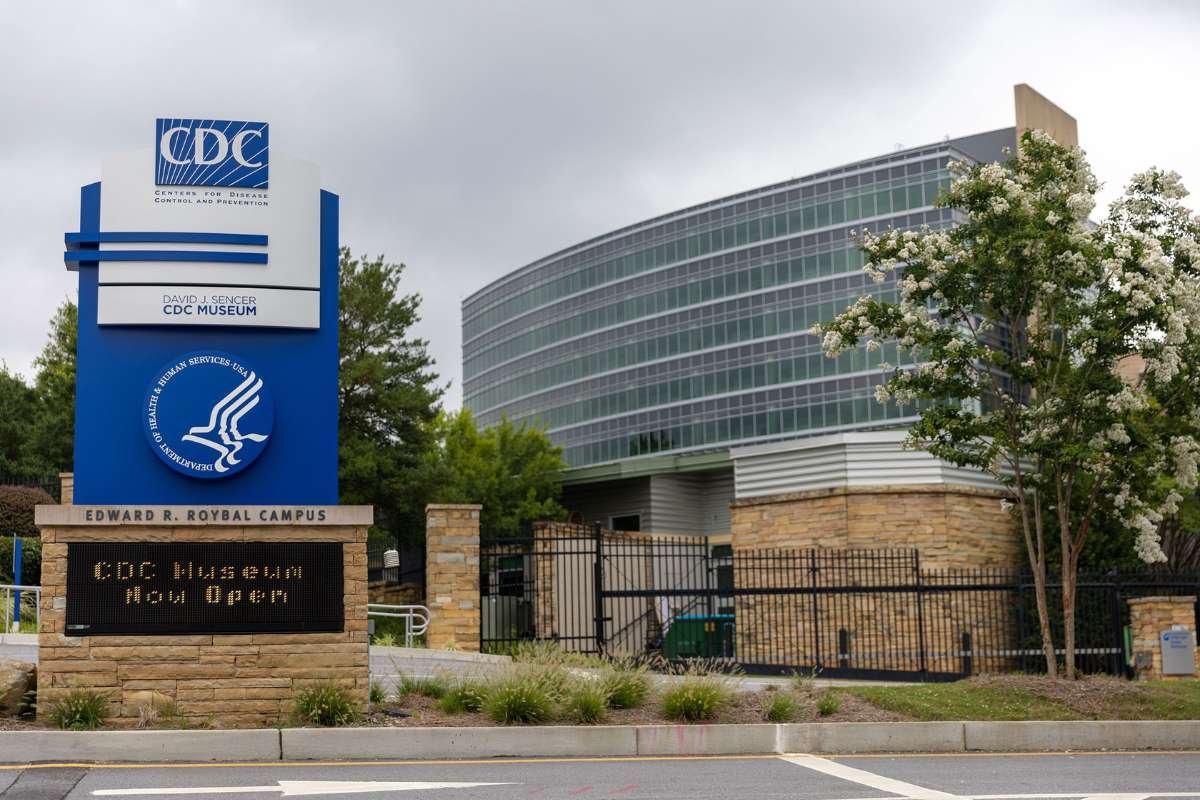Time is a restraint that doesn’t allow you to start your workout with warmup exercises. Often individuals jump directly into workouts to save time. Doing so can cause muscle injury or muscular pain due to lactic acid formation. Easing your muscles post starting a workout session, is essential. The muscles and the body aren’t ready for directly starting the workout. As most of us live a sedentary lifestyle most of the time by sitting in front of a screen, physical activity is more than essential. Routine warmup exercises prepare the body for further heavy actions that is going to face.
Skipping these exercises can lead to a lot of other issues which you don’t want to suffer from. Even though people tend to overlook their own body’s safety and effectiveness, the warmup exercises will provide.
The Significance of Warmup Exercises
Warmups are not mere formalities before a workout; they are essential components that set the tone for a productive session. Skipping warmups and directly jumping into intense exercises can lead to an array of potential issues, including muscle strains, decreased performance, and even injuries. Here’s why warmup exercises deserve your attention:
1. Enhanced Blood Flow

As your body transitions from a state of rest to activity, warmup exercises gently elevate your heart rate and stimulate blood circulation. This increased blood flow delivers essential nutrients and oxygen to your muscles, ensuring they are adequately fueled for the upcoming demands.
2. Improved Muscle Flexibility
Cold muscles are less pliable and more susceptible to strains. Warmup exercises gradually increase your muscle temperature, promoting better flexibility and reducing the risk of injury.
3. Activation of Neuromuscular Pathways
Warmups help establish the neural pathways between your brain and muscles, ensuring optimal communication. This prepares your muscles to contract and relax efficiently during your workout, ultimately enhancing performance.
4. Reduced Muscle Stiffness
Warming up lubricates your joints and reduces the stiffness that often accompanies periods of inactivity. This makes movements smoother and more comfortable during your workout.
5. Mental Preparation
Warmup offers a transition period for your mind as well. They allow you to mentally shift gears from rest to activity, boosting focus and engagement throughout your workout.
Here are 3 Warmup Exercises to Start Your Morning Workout:
1. Jumping Jacks
Jumping jacks are a classic warmup exercise that engages multiple muscle groups and elevates your heart rate. To perform them, stand with your feet together and arms by your sides. Jump while simultaneously spreading your legs slightly wider than shoulder-width apart and raising your arms overhead. Return to the starting position by jumping again and bringing your arms and legs back together.
2. Arm Circles
Arm circles target the shoulder joints, promoting flexibility and range of motion. Stand with your feet hip-width apart and extend your arms out to your sides. Make small circular motions with your arms, gradually increasing the size of the circles. After a few rotations, reverse the direction.
3. Leg Swings
Leg swings are excellent for warming up your lower body and improving hip mobility. Find a stable surface for support, like a wall or a sturdy post. Stand perpendicular to the support and swing one leg forward and backward in a controlled manner. Switch to the other leg after a set number of swings.
The Bridge to Success: How Warmup Exercises Prepare Your Body for the Workout

Imagine starting a car in cold weather; you don’t just put the pedal to the metal. You let the engine warm up to ensure smooth operation. Similarly, these exercises provide your body with the time it needs to transition from a state of rest to one of activity. They initiate a series of physiological changes that optimize your body for the main workout:
- Increased Heart Rate Gradually:
Instead of shocking your cardiovascular system with sudden intensity, these exercises elevate your heart rate gently. This prepares your heart to pump more blood efficiently, supplying oxygen and nutrients to working muscles.
- Preparation of Muscle Fibers:
Warmups trigger muscle fibers to contract and relax more effectively. This readiness prevents muscle strains and tears that could occur if you were to dive into high-intensity exercises without this preparation.
- Promotion of Synovial Fluid:
The synovial fluid in your joints acts as a lubricant, reducing friction during movement. These exercises stimulate the production and circulation of this fluid, making your joints more supple and ready for action.
- Increased Neural Activity:
Warmup exercises establish a connection between your brain and muscles, ensuring smooth communication. This neural activation results in coordinated and controlled movements during your workout.
The Importance of Post-Workout Stretching
While warmup exercises prepare your body for exercise, post-workout stretching helps your body cool down and recover effectively. Stretching after a workout offers numerous benefits:
1. Improved Flexibility:
Stretching post-workout, when your muscles are warm, can lead to enhanced flexibility and range of motion. This can contribute to better overall performance and reduced muscle tightness.

2. Reduced Muscle Soreness:
Engaging in gentle stretches after exercise can alleviate muscle soreness by promoting blood circulation and preventing the buildup of lactic acid.
3. Injury Prevention:
Stretching post-workout maintains the suppleness of muscles and joints, reducing the risk of injury during future workouts.
4. Relaxation and Mindfulness:
Incorporating stretching into your post-workout routine can be a calming and reflective practice. It allows you to wind down, focus on your breath, and appreciate the efforts you’ve put into your workout.
Conclusion
When it comes to morning workouts, warmup exercises are not to be dismissed as optional activities. They are essential components that set the foundation for a successful and safe exercise routine. Engaging in warmups gradually prepares your body for the demands of the main workout by increasing blood flow, improving muscle flexibility, activating neuromuscular pathways, and reducing muscle stiffness. Additionally, post-workout stretching contributes to enhanced flexibility, reduced muscle soreness, injury prevention, and a mindful cooldown.
Remember, incorporating such exercises and post-workout stretches into your routine is an investment in your overall well-being. They contribute to better workout performance, reduced risk of injuries, and a more enjoyable fitness journey. So, the next time you’re tempted to skip warmups and head straight into your workout, remember the importance of these foundational exercises in optimizing your morning routine and setting a positive tone for the rest of your day.








